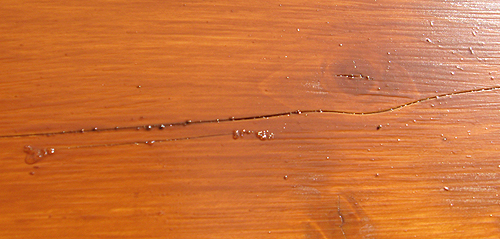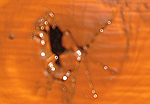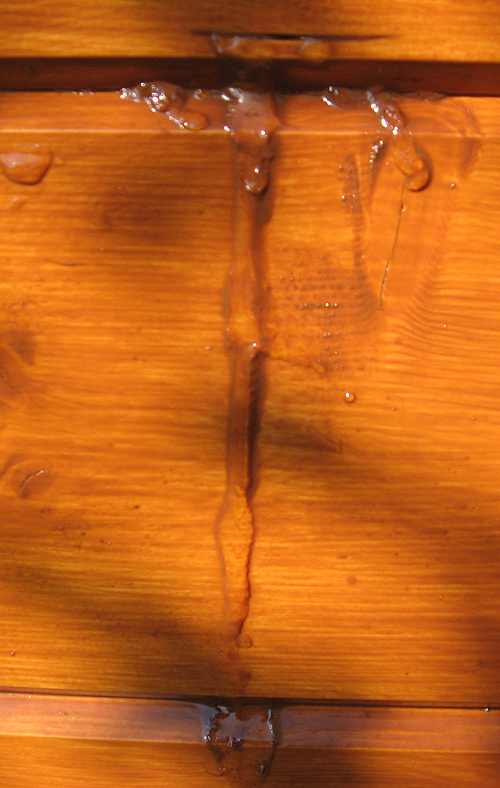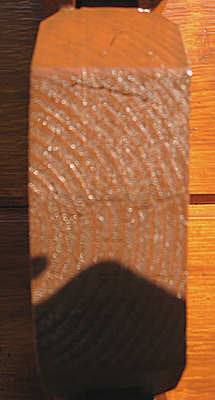Most log cabin defects are not defects at all, just part and parcel of owning a timber building. If you know what to expect any ‘problems’ will be a lot less worrisome.
Cracks and splits in the logs are entirely to be expected. The logs are kiln dried and should arrive to you in perfect condition with no cracks whatsoever. However, once exposed to the elements, the logs do shrink and swell as the moisture content in them varies. All you can do is make certain the logs are properly and evenly treated with a quality wood preserver, base coat and top coat. This will help protect them from moisture penetration as well as the effects of strong direct sunshine.
Cracks in log cabins should be seen as something that adds to the character of the building, rather than anything to get alarmed about. If desired they can be filled with flexible caulking or sealant and painted over.
The timber used to make the logs for cabins comes from the older, harder heart wood of Nordic pines. It has knots in it and these only add to the character of natural wood. Over time and increased exposure to the elements the knots may contract at a different rate to the surrounding wood, perhaps even cracking and ultimately falling out altogether. Knots should be sealed prior to painting with a couple of coats of knot sealer. After sealing you can paint over them with greater confidence that the knot will be less likely to have any effect on the final finish. You might also want to use wood filler to patch any holes left by knots prior to sealing and painting over.
Over time pine resin may appear to ‘bleed’ from the surface of some logs. The pine resin runs down the face of the logs and adds again to the charm of the cabin. Traditionally resin was harvested from norther european pine trees and had, and still has, a wide variety of uses from medicine, to incense and makeshift torches. As with other properties of the wood, its presence should be celebrated rather than maligned. If you get fed up with it you can always scrape it off and make your own incense or resin torch. The resin quickly hardens; if left long enough it will fossilize and turn to amber!
Cabins with external interlocking log ends have exposed end grain. This end grain surface, though very dense, needs special care when treating with wood preserver as it is most likely to be where the majority of small cracks and splits will open up. As any cracks appear you can always reapply preserver, stain or paint as required. As with the other ‘defects’, cracks in the end grain of logs is nothing to worry about.



